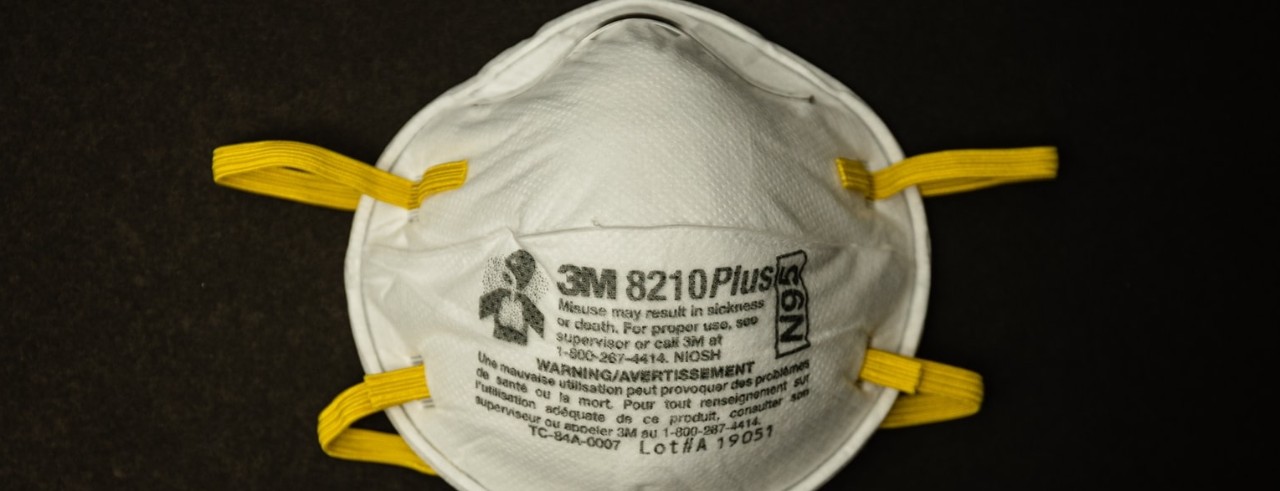
UC researchers aim to make heatable, reusable face mask
Funded by an NSF grant, the proposed mask could inactivate viruses on its surface
Two researchers at the University of Cincinnati College of Engineering and Applied Science have been granted funding from the National Science Foundation for a project with the goal of creating a heatable and reusable face mask for medical workers and others.
“Currently, there is a significant shortage of personal protective equipment, particularly face masks, due to the COVID-19 pandemic in the United States. Statistics show that one COVID-19 patient consumes on average 17 face masks per day worn by medical personnel,” said the principal investigators of the study, Vesselin Shanov, professor of chemical engineering, and Soryong “Ryan” Chae, assistant professor of environmental engineering.
With face masks in high demand – and an expectation that the widespread need for masks will continue as the virus persists – Shanov and Chae saw an opportunity to make an impact.
The research team is working on a design and prototype of the face mask that could kill viruses caught on the mask surface. The team plans to use thin, breathable film constructed of engineered carbon nanomaterials as a heatable filter that can be retrofitted onto the outer surface of a commercial face mask to prevent buildup of infectious pathogens. This heatable filter will be powered by a portable battery or a cell phone and is thermally insulated from facial skin. The mask can be energized when worn by the user or in storage to disinfect it.
Faculty members and students with a variety of backgrounds will be involved in the project, which is just getting underway. Yanbo Fang, a Ph.D. student in materials science, and Hung Nguyen, an undergraduate chemical engineering student, have been instrumental in the creation of an initial prototype that will be optimized and tested for breathability and virus inactivation. Preliminary data resulted from previous research support from University of Cincinnati, Ohio Water Resources Center and NSF.
Featured image at top: Researchers are working to improve face mask options amid the pandemic. Photo/Jonathan J. Castellon/Unsplash.
Next Lives Here
The University of Cincinnati is classified as a Research 1 institution by the Carnegie Commission and is ranked in the National Science Foundation's Top-35 public research universities. UC's graduate students and faculty investigate problems and innovate solutions with real-world impact. Next Lives Here.
Related Stories
UC student breaks world record in competitive speedcubing
December 19, 2025
UC computer science student Sujan Feist set a new world record in speedcubing at competition this month in Coshocton, Ohio. Feist is the reigning world champion in the 2x2 division.
Bazinga! UC physicist cracks ‘Big Bang Theory’ problem
December 19, 2025
A physicist at the University of Cincinnati and his colleagues figured out something two of America’s most famous fictional physicists couldn’t: theoretically how to produce subatomic particles called axions in fusion reactors.
Future Tech Forum tackles an AI-driven world
December 19, 2025
Cincinnati innovators and business leaders packed UC’s 1819 Innovation Hub in early December for the Future Tech Forum, where they considered the road ahead for AI.
